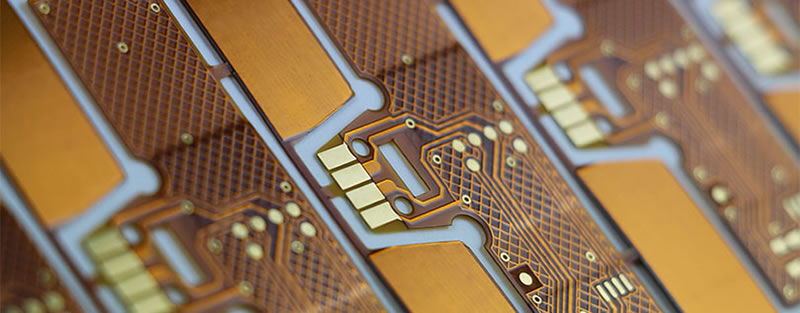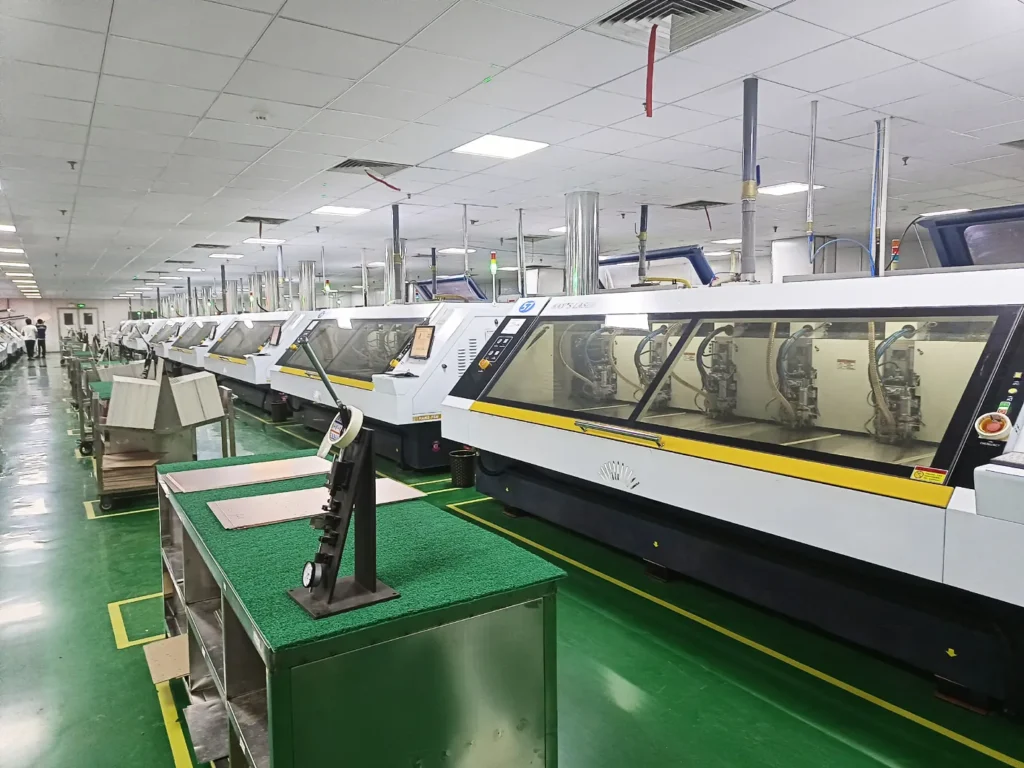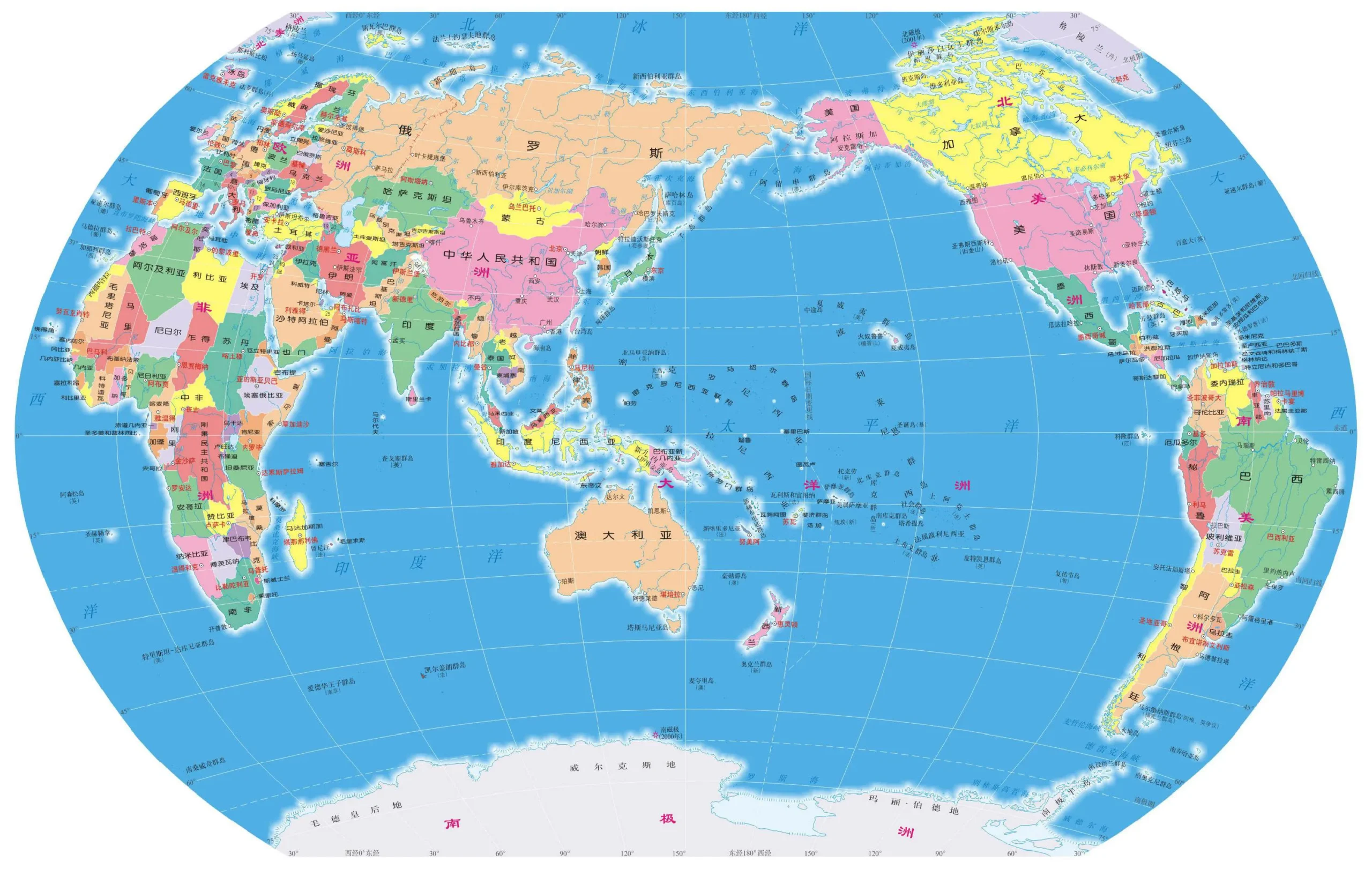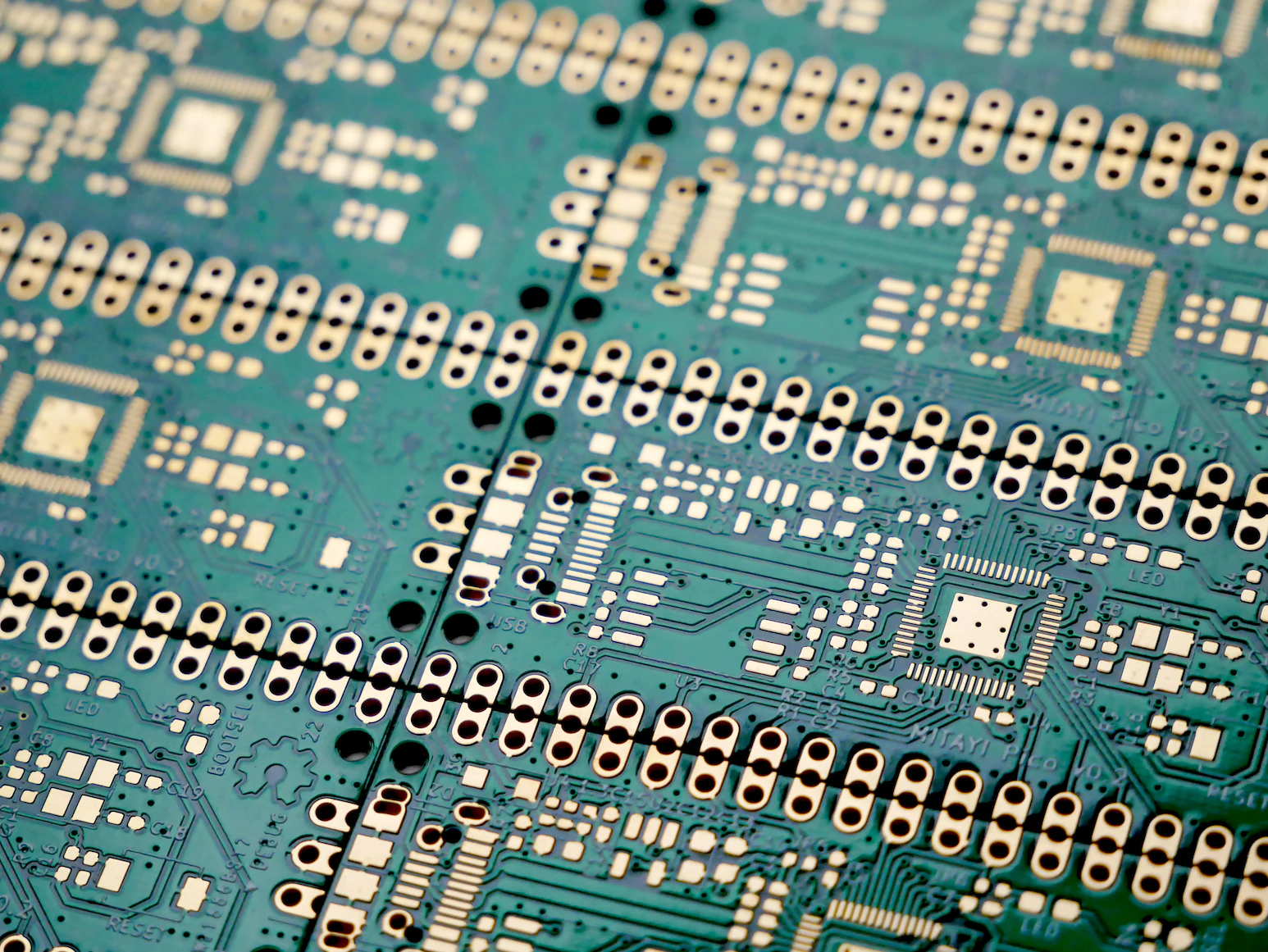PCBs (Printed Circuit Boards) play a crucial role in the world of electronics. These flat boards are essential components that provide mechanical support and electrical connections to various electronic devices. They serve as the foundation upon which electronic components are mounted, allowing them to communicate and interact with each other effectively. However, the prices of them are various. Why the prices vary so much in the market? This article delves into the factors that contribute to the wide range of PCB prices in the market, shedding light on the dynamics behind this phenomenon. We will cover the following topics in this blog:


PCB manufacturing relies on various raw materials, including substrates, copper foils, and chemicals. Fluctuations in the prices of these materials significantly impact PCB costs. Supply and demand dynamics, global market conditions, and competition among suppliers all influence the raw material costs. Additionally, variations in material quality and performance can also affect prices.

Different PCB manufacturing processes and technological advancements have a direct impact on pricing. Advanced manufacturing processes, such as multilayer PCBs, flexible PCBs, and high-frequency PCBs, often involve sophisticated techniques and equipment, leading to higher costs. The level of complexity and precision required in the manufacturing process can also influence prices.

The size and location of PCB manufacturers can contribute to price differences. Larger manufacturers often benefit from economies of scale, enabling them to procure materials at lower costs due to bulk purchasing. Additionally, they may have more efficient production lines and lower overhead costs, allowing them to offer competitive prices. Moreover, the geographic location of a manufacturer can affect transportation costs, labor expenses, and regulatory compliance, all of which impact the final price of PCBs.

The PCB market is highly competitive, with numerous manufacturers vying for market share. Intense competition often leads to price wars, where manufacturers reduce prices to attract customers. While price wars can result in lower prices, they may also compromise quality and service. Consequently, the varying levels of competition in the market contribute to the fluctuations in PCB prices.

The quality and reliability of PCBs significantly influence their prices. Higher-quality PCBs often involve superior materials, tighter manufacturing tolerances, and comprehensive testing procedures. Manufacturers that prioritize quality control and adhere to industry standards typically charge higher prices. In contrast, lower-priced PCBs may sacrifice quality, leading to potential performance issues, shorter lifespans, and increased failure rates.

Limited market transparency and information asymmetry can contribute to price variations. Buyers may find it challenging to access accurate and comprehensive information about PCB prices, quality standards, and manufacturer capabilities. This lack of transparency can make it difficult for buyers to assess the true value of PCBs and compare prices effectively, leading to a wider price range in the market.
 So how to calculate the PCB prices in the market reasonably? The most common ways to calculate PCB prices include the following:
So how to calculate the PCB prices in the market reasonably? The most common ways to calculate PCB prices include the following:
Customer support